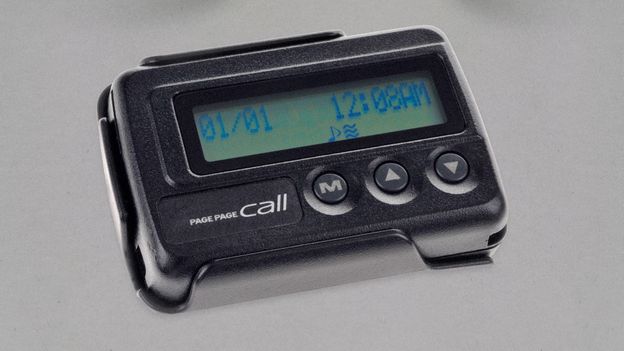
How electropermanent magnets are rendering electromechanical payload grippers obsolete
Electropermanent magnets are going to mostly replace conventional electromechanical grippers for payload attachment in drones and robots of all kinds. Instead of mechanically sophisticated claws, hooks, and locks, we’re moving toward purely solid-state solutions that hold payloads by magnetic attraction rather than mechanical interlocking.
When it comes to payload attachment, electropermanent magnets (EPMs) are quickly proving they’re not just an alternative — they’re a superior choice. Compared to conventional mechanical systems with moving parts, EPMs bring clear advantages in terms of safety and reliability. With no moving parts, EPMs entirely avoid issues of wear and tear. Unlike mechanical grippers, which can jam, seize, or lose strength over time, EPMs operate with consistent performance, even in the toughest environments. They’re built to hold or release payloads with a pulse of energy, after which they require no power to maintain their hold, making them safer and much more energy-efficient than conventional electromagnets.
A key feature of EPMs is that they require a ferromagnetic target for optimal grip. This is simpler than it sounds — many payloads are already ferromagnetic (especially in the defense domain); for those that aren’t, just add a small strip of steel for the magnet to latch onto, and you’re set. Alternatively, a mechanically minimalist cargo container for non-ferromagnetic or irregularly shaped payloads can be built with a lid at the bottom held by an EPM instead of a conventional electromechanical lock.
























